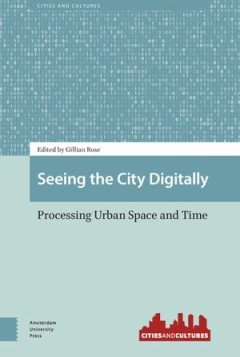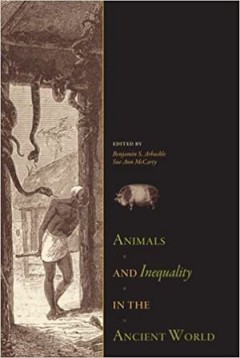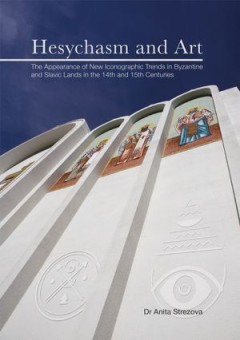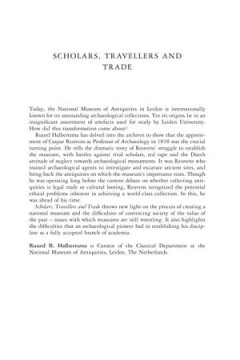Filter by

Wounded Heroes
Vulnerability is not often associated with virtue. Yet to be vulnerable is central to human experience. In this book, McCoy examines ways in which Greek epic, tragedy, and philosophy have important insights to offer about the nature of human vulnerability and how human beings might better come to terms with their own vulnerability. While studies of Greek heroism and virtue often focus on streng…
- Edition
- -
- ISBN/ISSN
- 9780199672783
- Collation
- -
- Series Title
- -
- Call Number
- -

Language Between God And The Poets
How does language work? How does language produce truth and beauty? Eleventh-century Arabic scholarship has detailed answers to these universal questions. Language Between God and the Poets reads the theory of four major scholars and asks how the conceptual vocabulary they shared enabled them to create theory in lexicography, theology, logic, and poetics. Their ideas engaged God and poetry at t…
- Edition
- Volume 2
- ISBN/ISSN
- 9780520970144
- Collation
- -
- Series Title
- -
- Call Number
- -

Moral History from Herodotus to Diodorus Siculus
Why did human beings first begin to write history? Lisa Irene Hau argues that a driving force among Greek historians was the desire to use the past to teach lessons about the present and for the future. She uncovers the moral messages of the ancient Greek writers of history and the techniques they used to bring them across. Hau also shows how moral didacticism was an integral part of the writin…
- Edition
- -
- ISBN/ISSN
- 9781474411073
- Collation
- -
- Series Title
- -
- Call Number
- 900

Animals and Inequality in the Ancient World
Animals and Inequality in the Ancient World explores the current trends in the social archaeology of human-animal relationships, focusing on the ways in which animals are used to structure, create, support, and even deconstruct social inequalities. The authors provide a global range of case studies from both New and Old World archaeology—royal Aztec dog burial, the monumental horse tombs of C…
- Edition
- -
- ISBN/ISSN
- 9781646422487
- Collation
- -
- Series Title
- -
- Call Number
- -

Hesychasm and Art: The Appearance of New Iconographic Trends in Byzantine and…
Although many of the iconographic traditions in Byzantine art formed in the early centuries of Christianity, they were not petrified within a time warp. Subtle changes and refinements in Byzantine theology did find reflection in changes to the iconographic and stylistic conventions of Byzantine art. This is a brilliant and innovative book in which Dr Anita Strezova argues that a religious movem…
- Edition
- -
- ISBN/ISSN
- 9781925021851
- Collation
- -
- Series Title
- -
- Call Number
- 709.02 STR h

Scholars, Travellers and Trade
Today, the National Museum of Antiquities in Leiden is internationally known for its outstanding archaeological collections. Yet its origins lie in an insignificant assortment of artefacts used for study by Leiden University. How did this transformation come about? Ruurd Halbertsma has delved into the archives to show that the appointment of Caspar Reuvens as Professor of Archaeology in 1818 wa…
- Edition
- -
- ISBN/ISSN
- 9780203634547
- Collation
- -
- Series Title
- -
- Call Number
- 708 HAL h
 Computer Science, Information & General Works
Computer Science, Information & General Works  Philosophy & Psychology
Philosophy & Psychology  Religion
Religion  Social Sciences
Social Sciences  Language
Language  Pure Science
Pure Science  Applied Sciences
Applied Sciences  Art & Recreation
Art & Recreation  Literature
Literature  History & Geography
History & Geography